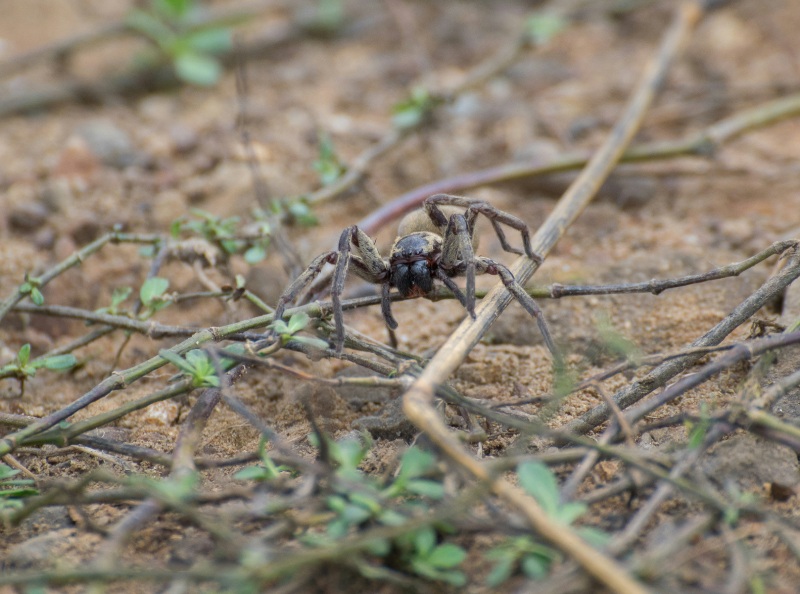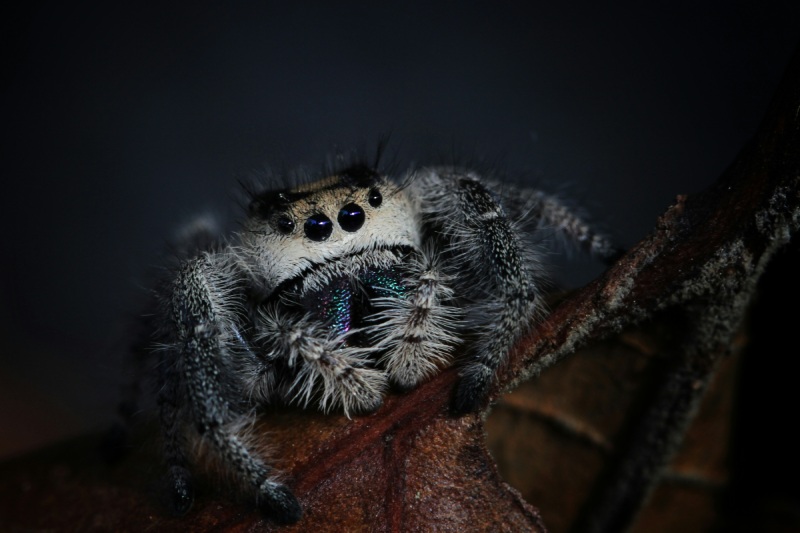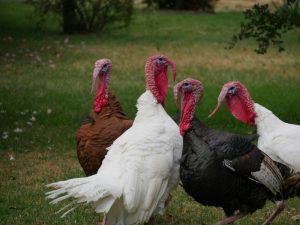- What is Rats average lifespan?
- How Long do Ants Live?
- Redefine your workspace with a desk shelf that works wonders
- The Lifespan of Osteoclasts: How Long Do They Live?
- What is Monkfish average lifespan?
- What is Amberjack average lifespan?
- What is Sturgeon average lifespan?
- What is Barramundi average lifespan?
- What is Wahoo average lifespan?
- What is Shark average lifespan?
- What is Redfish average lifespan?
- What is Marlin average lifespan?
- What is Pompano average lifespan?
- What is Rainbow Trout average lifespan?
- What is Swordfish average lifespan?
- What is Anchovy average lifespan?
- What is Grouper average lifespan?
- What is Halibut average lifespan?
- What is Carp average lifespan?
- What is Pike average lifespan?
How Long do Spiders Live?

Spiders are fascinating creatures, and one of the most common questions people ask about them is how long they actually live. While it may vary depending on the species, environment, and conditions, the average lifespan of a spider is much longer than many people expect. In this article, we’ll explore how long spiders live, both indoors and outdoors, how long they can survive without food or water, and the factors that affect their longevity.
General Lifespan of Spiders
The lifespan of a spider can vary greatly depending on its species. In general, most spiders live between 1 and 3 years. However, some species, such as tarantulas, can live much longer, with lifespans stretching into decades.
House spiders, garden spiders, and other small species typically live between 1 and 2 years. Tarantulas are one of the longest-living spiders, they can live up to 30 years, especially in captivity.
Spiders typically go through several stages in their life, starting from an egg, then progressing through juvenile stages before reaching adulthood. Their lifespan can be influenced by several factors, including the availability of food, environmental conditions, and the presence of predators.

What is the Longest Living Spider
Tarantulas are known for their impressive longevity. Some species of tarantulas can live up to 30 years in captivity. Their long lifespan is attributed to their slow metabolism and relatively low energy requirements.
How Long Do Spiders Live Outside
Outdoor spiders face numerous challenges that can shorten their lifespan, including:
- Extreme weather conditions, such as harsh winters and hot summers, can significantly impact their survival.
- Birds, lizards, and other animals prey on spiders, reducing their lifespan.
- The availability of food can fluctuate throughout the year, affecting the spider’s health and longevity.
Common outdoor spiders, like wolf spiders and jumping spiders, typically live for one to two years.
How Long Do Spiders Live in Human Years
While it might be fun to think about spiders living for decades in human years, their lifespan is much shorter. To put it into perspective, a spider living for 2 years is roughly the equivalent of about 10-15 human years, considering their accelerated growth and quicker life cycle.
However, comparing spider years to human years is more about understanding how their life stages progress rapidly in a short time, rather than offering an exact formula for conversion.
How Long Do Spiders Live Indoors
Indoor spiders, such as house spiders and cellar spiders, can live for several months to a year. The controlled environment indoors, with consistent temperature and humidity, can extend their lifespan compared to their outdoor counterparts. However, factors like access to food and water can still influence their longevity.
How Long Do Spiders Live Without Food
Spiders are surprisingly resilient creatures and can survive for extended periods without food, depending on their species and environment. Most spiders can go without eating for several weeks, and some species, such as tarantulas, are particularly adept at enduring food scarcity. Tarantulas, for instance, can survive for up to six weeks without a meal. This remarkable ability is due in part to their ability to slow down their metabolism during periods of food deprivation, allowing them to conserve energy and survive without frequent meals.
However, as with any living creature, prolonged starvation will eventually take its toll. If a spider is unable to find food after an extended period, it will ultimately die, as its body will no longer have the resources needed to sustain itself.
How Long Do Spiders Live Without Water
Water is essential for spiders, but they don’t drink it in the traditional sense. Instead, they absorb moisture from their environment or prey. Depending on the species, spiders can survive weeks to months without direct water, with some able to extract moisture from the air or prey. In dry environments, spiders adapt by getting moisture from condensation or their food. While they can survive without water for a time, dehydration can shorten their lifespan if they cannot find enough moisture.

The lifespan of a spider varies greatly depending on its species, environment, and other factors. While some spiders may only live for a few months, others can live for decades. Understanding the factors that influence spider longevity can help us appreciate these fascinating creatures and take steps to manage them effectively in our homes and gardens.



